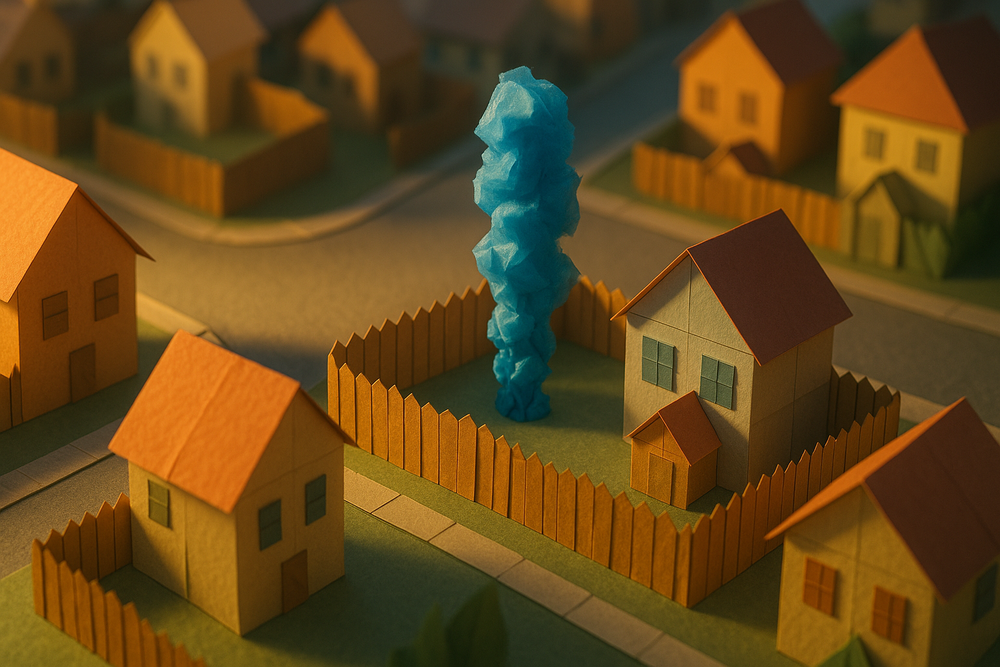Tension is the driving force that keeps readers flipping pages, their hearts pounding as they anticipate what happens next. Whether it’s a slow-burning unease or a high-stakes confrontation, the ability to build and sustain tension is a vital skill for any storyteller. Without it, even the most compelling plots can feel stagnant. So, how do you create that gripping sense of suspense that holds readers captive?
The Uncertainty Principle: Keeping Readers Guessing
At the heart of tension lies uncertainty. Readers should never feel entirely comfortable; they should constantly wonder what might happen next. This doesn’t mean every scene needs to be full of danger or life-or-death stakes. Emotional uncertainty, moral dilemmas, and even misunderstandings can create an edge-of-the-seat experience. A character hesitating before revealing a secret, a conversation that dances around a painful truth, or a moment of silence before an inevitable confrontation—all of these moments keep the audience hooked because they introduce an element of the unknown.
Uncertainty thrives on reader expectation. If the story follows a predictable pattern, tension fizzles out. Foreshadowing is a powerful tool to combat this, hinting at possible outcomes without giving too much away. A storm on the horizon, a strange look exchanged between characters, or an object placed too carefully on a table—these subtle cues create anticipation. Readers don’t just want to know what happens; they want to feel the weight of possibility.
Conflict as the Engine of Suspense
Nothing fuels tension like conflict. This can be external—battles, chases, confrontations—or internal, where a character wrestles with their own emotions, fears, or doubts. Conflict creates friction, and friction generates momentum. Without conflict, a story risks becoming static, and without momentum, tension cannot build.
One of the most effective ways to maintain tension is to ensure that conflicts are layered. A hero fighting an enemy is engaging, but a hero fighting an enemy while struggling with their own self-doubt is riveting. Personal stakes make every challenge feel more urgent. The more a character stands to lose, the stronger the tension.
It’s also important to remember that conflict should never resolve too quickly. Letting characters suffer through setbacks, misunderstandings, and near misses heightens suspense. Every solution should lead to a new problem, keeping the reader locked in a cycle of tension and release.







